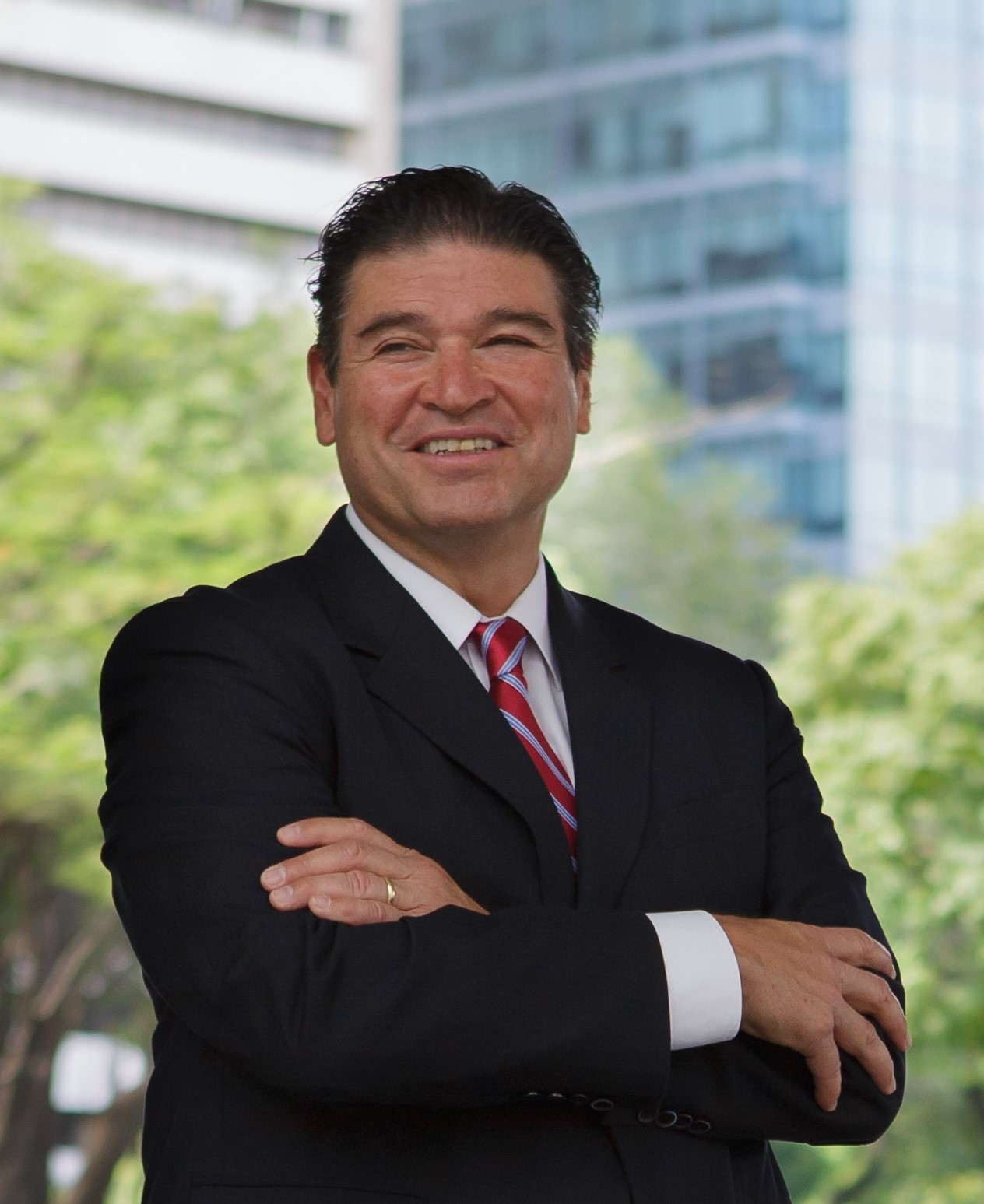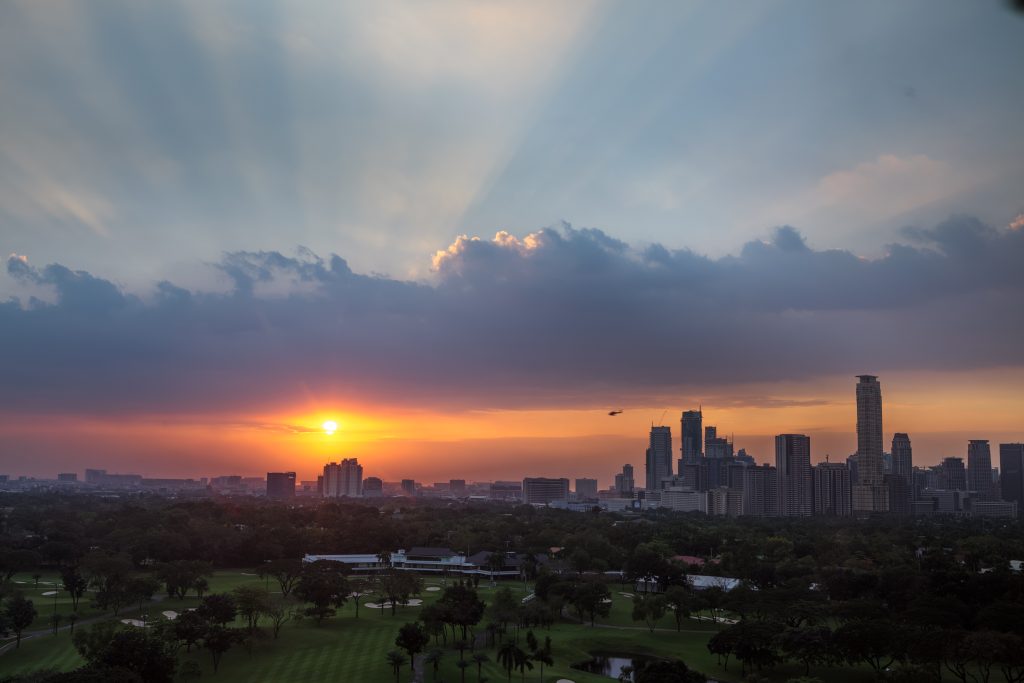The Philippines’ commercial real estate sectors are seeing a return of activity, especially in Metro Manila. Here are the trends we have seen in Q2 2022 within the city.
Retail makes a big comeback
Retail vacancy has fallen to 4.6% in Q2. This rate is close to the pre-pandemic level of 3.6% recorded in Metro Manila in Q4 2019.
The easing of travel restrictions, pent-up demand for consumption, high vaccination rates, and the return to office (RTO) are all being cited for the recovery in brick-and-mortar retail, a sector that saw many businesses closing shop during the height of pandemic lockdowns.
Consumers also reported a higher level of confidence in Q2 and better outlook for the rest of the year – despite inflation – according to the latest survey by the Bangko Sentral ng Pilipinas.
F&B and clothing apparel account for 32.7% and 32.1%, respectively, of all upcoming stores in Metro Manila’s retail sector. Meanwhile, the average retail lease rate of PhP 1,567 remains only 4.4% lower than in Q4 2019.
Office renewals, right-sizing, but also increasing outsourcing
A number of themes are shaping the office market.
Firstly, as Western companies continue to cut costs, more outsourcing can be expected to come to the Philippines, spurring office demand for the rest of the year.
Secondly, PEZA-registered companies may need more office space in order to comply with Fiscal Incentives Review Board requirements. PEZA companies that are currently operating under 70% work-from-office rules may need to prepare for 90% work-from-office by September, which may in turn require them to lease more office space.
Lastly, the Philippines, as with India, South Korea, Singapore, and most of Asia, is likely to see a greater rate of RTO for employees than the rate in developed Western economies. RTO in the Philippines is a result of both the office culture and the needs of its BPO occupiers.
“Q2 was the first quarter for many employees to return to the office. With that, we also saw an increase in leasing activity for the first time in a while. However, with 228,500 sqm of new office space also added to the market in Q2, the Metro Manila vacancy rate still rose to 23%,” explains Morgan McGilvray of our Occupier Strategy & Solutions team.
The weighted average lease rate grew by a modest 0.7% in Q2 to PhP 1,089 from PhP 1,082 quartering Q1.
Download the Q2 2022 Metro Manila Office report
At least 32% of office spaces by 2025 will be green
ESG is becoming integral to corporate real estate decision making. From ‘nice-to-have,’ sustainability and wellness are increasingly becoming ‘must-haves’ for companies.
In a tenant’s market, occupiers will choose the best space for their employees and businesses at the best value. Landlords have been acknowledging this, and we estimate that 72.3% of upcoming office space between Q3 2022 and 2025 will be in LEED-certified buildings. This will increase the proportion of green buildings in Metro Manila to 32% by the end of 2025 from 22.3% in Q2 2022.
Renewable energy a boom for industrial
Meanwhile, a significant amount of activity is also happening in the industrial space – specifically renewable energy. For instance, in 2012 the Philippines only had 2 MW of solar energy capacity. This jumped to 1,370 MW in 2021.
“The growth of renewable energy is key to supporting the expansion of the industrial sector. Lower cost of electricity significantly benefits industries that massively rely on power, such as manufacturing and data centers,” says Kash Salvador of our Investment & Capital Markets team.
Growing appetite for data centers
The data center sector in the Philippines continues to receive significant investment interest. Santos Knight Frank is tracking a total of 220 MW worth of expressed interest, with 90 MW recorded in Q2 2022 alone. The company projects that the existing 94 MW total IT capacity of data centers will likely double in the next two to three years.
Monica Gonzalez of our Data Centers team explains:
“A number of factors are driving interests in the Philippines, including the new Singapore rule on data center construction and the potential incentives for data center investment in the Philippines under the Strategic Investment Priority Plan. Some of the best places for data centers are industrial parks, and we look forward to seeing more industrial park developments to host data center facilities. With about 8,700 MW capacity across Asia Pacific, the Philippines data center market still has a wide room for growth.”
Residential leasing recovers, condo prices see increase
The largest quarter-on-quarter increases across residential condominium categories were seen in the high-end (7.2%) and luxury (4.8%), while the mid-end and affordable categories
In residential leasing, the market is seeing recovery in rents and the return of expatriate workers, which in turn drive demand for 3-bedroom and 2-bedroom units in key cities and districts such as Taguig, Makati, and Ortigas.


